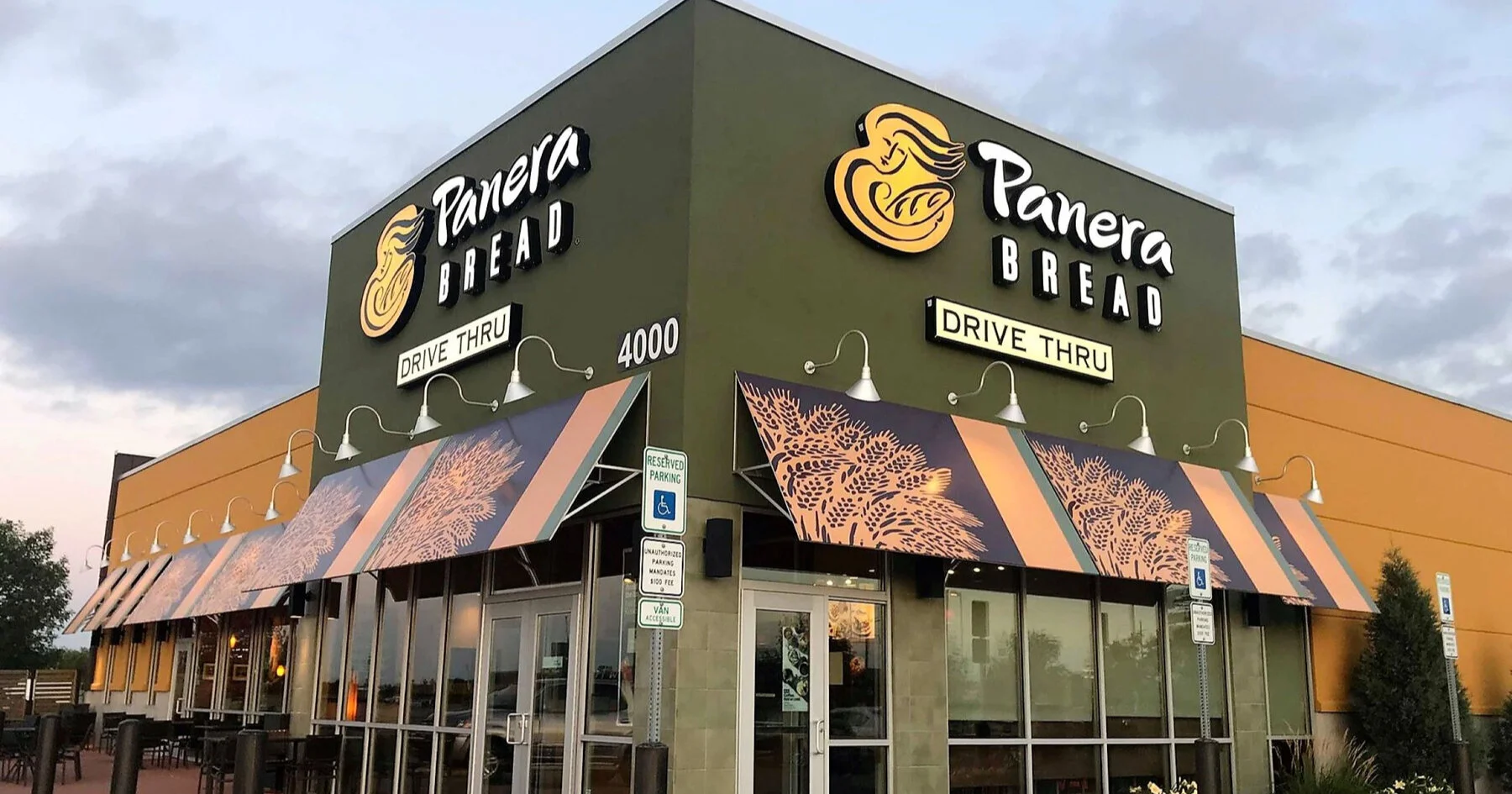A May 11 St. Louis CCIM Chapter retail spotlight via Zoom provided insights into how quick thinking and innovation helped St. Louis grocery and restaurant retailers adapt to the paradigm shift of the pandemic.
According to Grant Mechlin, event moderator and managing director at Sansone Group, COVID-19 has shaken up the retail industry, especially the grocery and restaurant sectors, by changing customer shopping behaviors, expectations and requirements.
“Dierbergs Markets faced issues as both an operator and a landlord,” said Brent Beumer, Dierbergs vice president of real estate & corporate counsel.
“The first thing we had to do was to keep our employees safe — we have about 4,000 employees, from teenagers to much older. We also had to keep our customers safe. We were faced with questions that we never would have chosen to deal with or answer,” Beumer said.
Most local municipalities allowed Dierbergs to disregard the usual restrictions on delivery hours, which helped keep the shelves stocked. A sense of humor helped too - Dierbergs sold out on T-shirts declaring “I survived the great toilet paper shortage of 2020.”
“Repurposing salad bars to sell mini bottles of liquor illustrated our operational flexibility and showed creativity — and generated national media coverage,” Beumer said. “It also made us rethink our store footprint for when it will be OK to bring back prepared foods and the salad bar.”
While top-line sales and profitability increased for grocery stores, there also were costs and delays in product availability. Delays also affected a planned new website, customer loyalty program and order hub.
Dierbergs made more than 150 rent accommodations for its tenants, such as abatements and deferrals, some of which will continue indefinitely. They also had to use 90-day increments for leases rather than annual and found banks easier to work with than institutional investors.
Dry-cleaning tenants were especially hard hit and many may not return. Customers disappeared almost overnight when offices closed and staff no longer had to wear business attire.
The effect on the restaurant industry as a whole was devastating during the pandemic, with jobs dropping several million below the usual levels, according to Michael Turnquist, director of real estate & development for Panera Bread.
“It was horrific,” Turnquist said. “Breakfast, fast-casual and family business suffered the most. Business catering and spring-break service at universities were down 100%, transportation hubs 90%, and hospitals 80%.”
Panera locations without drive-through service saw business drop by 78.2% while those with drive-through decreased by only 6.6%. More business shifted to the suburbs as people worked from home. Store sales are holding at about 73%, but were down by 76.3%.
Delivery trends also changed.
“Before, pizza and Chinese food ruled delivery, but now all types of food can be delivered using third-party services,” said Turnquist.
Costs to retailers included fees and parking. Evolving trends include ghost kitchens, where restaurants share space and customers can get multiple food concepts or vendors in a single order, and trailers or containers used as food halls for pickup and delivery.
Looking ahead
The future can be seen in Dierbergs’ new marketing approach: to serve the customer ‘however, wherever and whatever’ they are, making products available no matter how customers prefer to shop — whether in person, by delivery or pickup — and using technology as it evolves.
“If we learned anything, we learned that technology must work.” There will be more home cooking and retailers who don’t have delivery on their radar will be left behind.
Competition will be an issue.
“Amazon Fresh is on our minds,” said Beumer. “They’re coming — rumors are there will be four to 10 locations. Thanks to technology, they will only need a few employees at each store.”
“Leases are becoming more difficult to negotiate — force majeure clauses used to be throwaways, but now everyone is really looking at them,” Beumer said.
Dierbergs expects to open its 26th location in the fall of 2021 in Lake St. Louis, although construction costs are up — from about $105/sq. ft. to $150. The 70,000-sq.-ft. building’s design will be more efficient, with a simpler shape and polished concrete floors rather than terrazzo. Dierbergs is also working with McBride Homes to convert Crestwood Court into its 27th location.
While curbside service was a very small part of Panera’s business before the pandemic, Turnquist expects that to expand. He suggested not offering entire menus for delivery or curbside pickup. Clear directions on websites and at physical locations for using apps and online ordering are essential, such as banners and signage.
Panera is testing multiple drive-through lanes, following examples of other retailers with different lanes for advance vs. onsite orders, and expects to open another 60+ stores in the near future.
The retail grocery and restaurant industries will look to commercial real estate colleagues for support.
“Drive-through is here to stay,” said Turnquist. “Cities and municipalities must adjust and rethink their regulations. There will be some mobile-only ordering via apps. We need your work as brokers and landlords to educate municipalities about how consumers want to be served.”

